Understanding Adenoids: Common Issues and Treatment Options

The human body is equipped with a remarkable immune system comprising various specialised components that work together to protect us from infections and illnesses. One such component is the adenoids, also known as pharyngeal tonsils. Positioned at the back of the nose, above the roof of the mouth, these lymphoid structures play a crucial role in our immune response. In this blog, we will explore the causes, symptoms, and treatment options for adenoids-related issues, shedding light on both surgical and non-surgical approaches.
What are adenoids?
Adenoids, or pharyngeal tonsils, are primarily B-cell lymphoid structures that contribute to secretory immunity. Functioning as an integral part of our immune system, they come into contact with inhaled and ingested antigens, triggering the production of immunoglobulin and lymphokines. Enlargement of adenoids, known as adenoid hypertrophy, often occurs due to B-cell proliferation when exposed to high levels of antigens. The immune function of adenoids is most active between the ages of 4 and 10, gradually diminishing after puberty.
Causes of adenoid issues
Adenoids are a part of the immune system located at the back of the nasal cavity. They play a role in fighting off infections, particularly in children. While the exact cause of adenoid enlargement is not always clear, there are several factors that may contribute to adenoid issues:
- Infections: Repeated or chronic infections, such as bacterial or viral infections of the respiratory tract, can lead to inflammation and swelling of the adenoids. These infections can include the common cold, sinus infections, or ear infections.
- Allergies: Allergic reactions to substances like pollen, dust mites, mould, or pet dander can cause the adenoids to become enlarged and inflamed.
- Age: Adenoids tend to be larger in children compared to adults. They typically grow until around the age of 5 and then begin to shrink gradually. Adenoid enlargement in adults is less common.
- Chronic sinusitis: Sinus infections that persist for an extended period can contribute to adenoid enlargement.
- Gastroesophageal reflux disease (GERD): Acid reflux can irritate the throat and cause inflammation of the adenoids.
- Smoking exposure: Passive smoking or exposure to secondhand smoke can contribute to adenoid enlargement and inflammation.
Symptoms associated with adenoid issues
Enlarged or infected adenoids can cause a variety of symptoms, particularly in children. Some common symptoms associated with adenoid issues include:
- Nasal congestion
- Snoring
- Mouth breathing
- Sleep disturbances
- Speech problems
- Ear infections
- Sore throat and cough
- Difficulty swallowing
- Bad breath
Complications caused by adenoids
Complications caused by adenoids can have a significant impact on an individual’s health and well-being if left untreated. Understanding these problems is crucial for timely intervention and appropriate management. Here are some elaborations on the problems caused by adenoids:
- Adenoiditis: Adenoiditis refers to the inflammation or infection of the adenoids. It is often misdiagnosed as sinusitis due to similar symptoms. Adenoiditis typically presents with symptoms such as fever, nasal obstruction, purulent rhinorrhea (discharge), and otalgia (ear pain). The infected adenoids can become swollen and inflamed, leading to discomfort and difficulty breathing.
- Adenoid Hypertrophy: Adenoid hypertrophy occurs when the adenoids become abnormally enlarged. This condition can lead to various problems, including nasal obstruction and breathing difficulties. Enlarged adenoids can obstruct the airway, particularly during sleep, resulting in snoring, mouth breathing, and sleep disturbances. Disrupted sleep patterns can lead to daytime fatigue and decreased quality of life.
- Craniofacial Alterations: Chronic adenoid hypertrophy and mouth breathing can influence the growth and development of the craniofacial structures. Over time, these alterations can lead to specific facial changes commonly known as “adenoid facies.” Adenoid facies is characterised by an open mouth posture, an elongated facial structure, a high-arched palate, a protrusion of the upper incisors, and a flattened midface. These craniofacial changes are a result of the prolonged effects of adenoid hypertrophy and mouth breathing.
Recurrent Ear Infections (Otitis Media): Adenoids play a significant role in the development of recurrent ear infections, also known as otitis media. The location of the adenoids, close to the opening of the Eustachian tubes, can contribute to the obstruction of middle ear drainage and ventilation. When the adenoids are enlarged, they can block the Eustachian tubes, preventing proper drainage of fluid from the middle ear. This stagnant fluid creates an ideal environment for bacterial growth, leading to recurrent ear infections. Symptoms such as ear pain (otalgia), fluid accumulation behind the eardrum, and hearing difficulties are commonly observed in cases of adenoid-related otitis media.

These problems can significantly impact an individual’s health, sleep, breathing, facial development, and overall quality of life. Seeking appropriate medical attention and treatment is essential to addressing these issues effectively.
How to treat various adenoid issues?
When adenoids become problematic, seeking appropriate treatment is crucial. Depending on the severity of the condition, the treatment options available are:
- Surgical Treatment: It includes adenoidectomy, which involves the surgical removal of the adenoid tissue. It is considered when non-medical treatment options prove ineffective or when adenoid hypertrophy significantly impacts an individual’s health. Various types of surgical treatment options include:
- Powered Instruments: It involves instruments like the microdebrider, which enable precise shaving of adenoids.
- Coblation adenoidectomy: It uses radiofrequency energy to break down and remove adenoid tissue with reduced discomfort.
- Endoscopic-Assisted Adenoidectomy: It provides enhanced visualisation for the precise removal of adenoids.
- Laser adenoidectomy: It employs laser technology for targeted vaporisation and removal.
- Combination Treatments: Combined procedures, such as adenoidectomy with tonsillectomy, offer comprehensive treatment options tailored to individual needs. These surgical techniques ensure effective management of adenoid-related conditions with improved outcomes.
- Non-surgical Treatments: Adenoids treatment without surgery includes conservative measures to shrink the enlarged adenoids or treat acute infections. This approach incorporates nasal saline rinses, sprays, and over-the-counter pain relievers. In instances of infectious adenoiditis, antibiotics may be prescribed to combat bacterial infections and reduce inflammation, while nasal steroid sprays are commonly employed to improve adenoidal hypertrophy.

Adenoids, as a vital part of the immune system, can pose challenges when they become enlarged or infected. Recognising the causes, symptoms, and available treatment options is crucial for effectively managing adenoid-related issues. While surgery may be necessary in severe cases, non-surgical treatments can also provide relief. It is important to consult with a healthcare professional to determine the best treatment approach.
Did you know that adenoids that have been surgically removed can regrow?
References:
- Adenoidectomy
https://my.clevelandclinic.org/health/treatments/15447-adenoidectomy - Enlarged Adenoids
https://medlineplus.gov/adenoids.html - Adenoids: Problems, Diagnosis & Treatment
https://www.healthdirect.gov.au/adenoids - Adenoids: Location, Definition & Function
https://my.clevelandclinic.org/health/body/23181-adenoids
References:
- Adenoidectomy
https://my.clevelandclinic.org/health/treatments/15447-adenoidectomy - Enlarged Adenoids
https://medlineplus.gov/adenoids.html - Adenoids: Problems, Diagnosis & Treatment
https://www.healthdirect.gov.au/adenoids - Adenoids: Location, Definition & Function
https://my.clevelandclinic.org/health/body/23181-adenoids




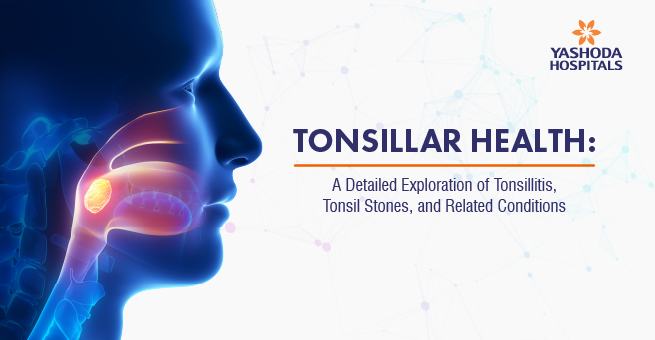
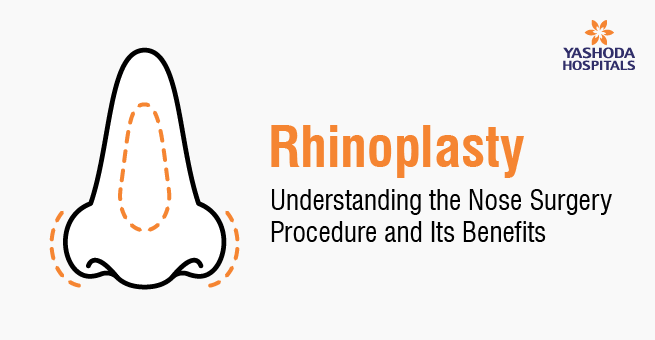
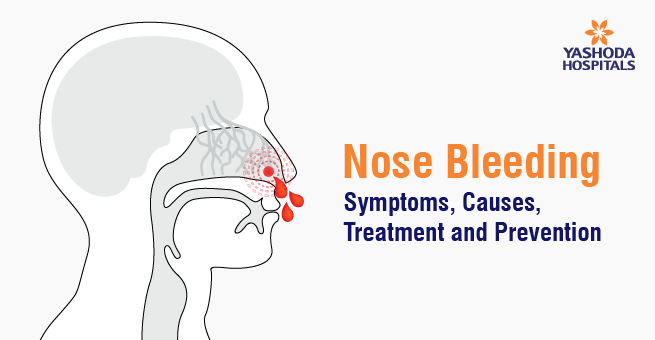





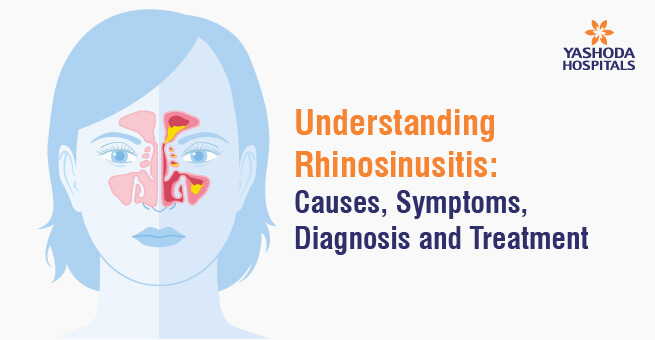
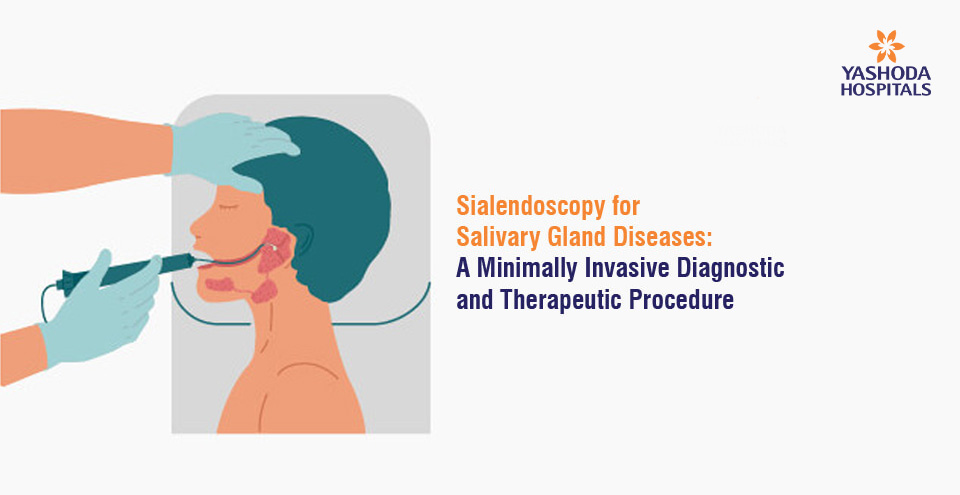

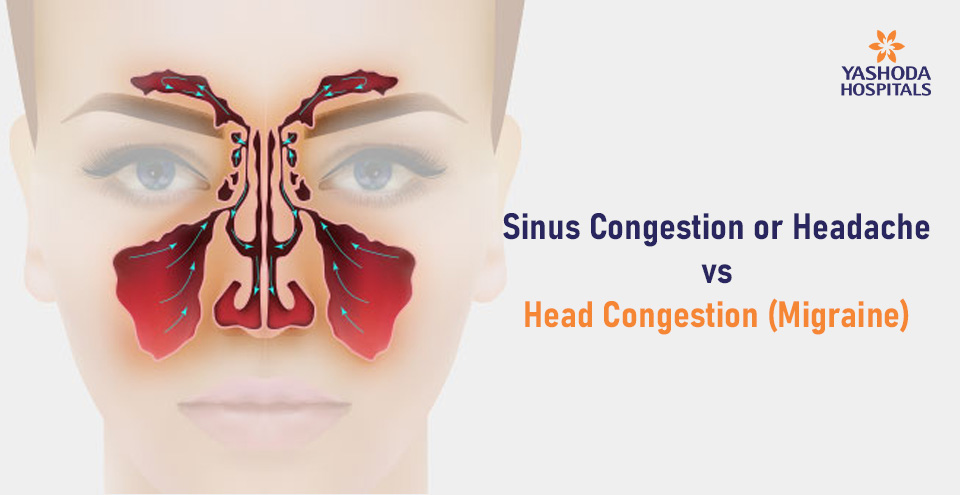





 Appointment
Appointment WhatsApp
WhatsApp Call
Call More
More